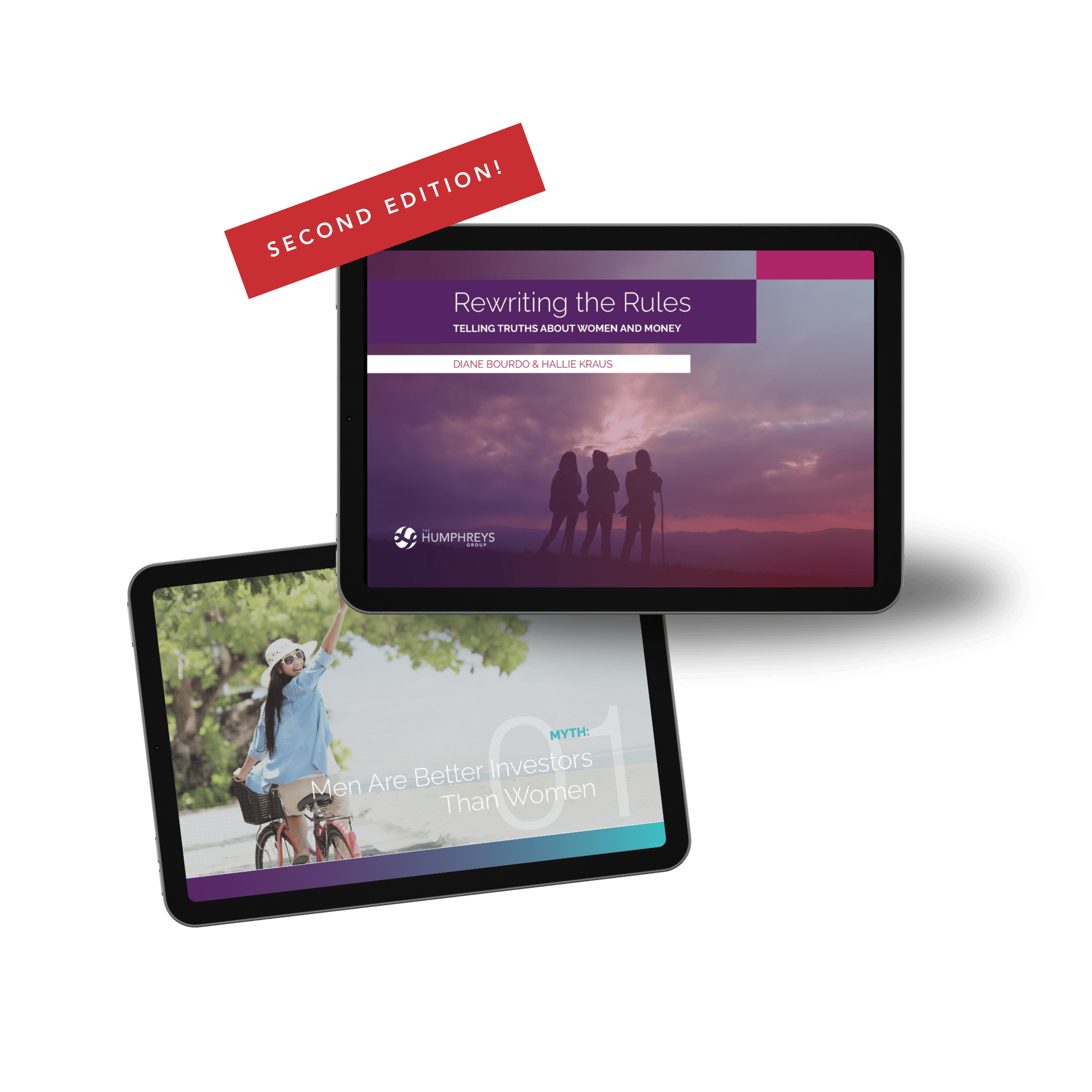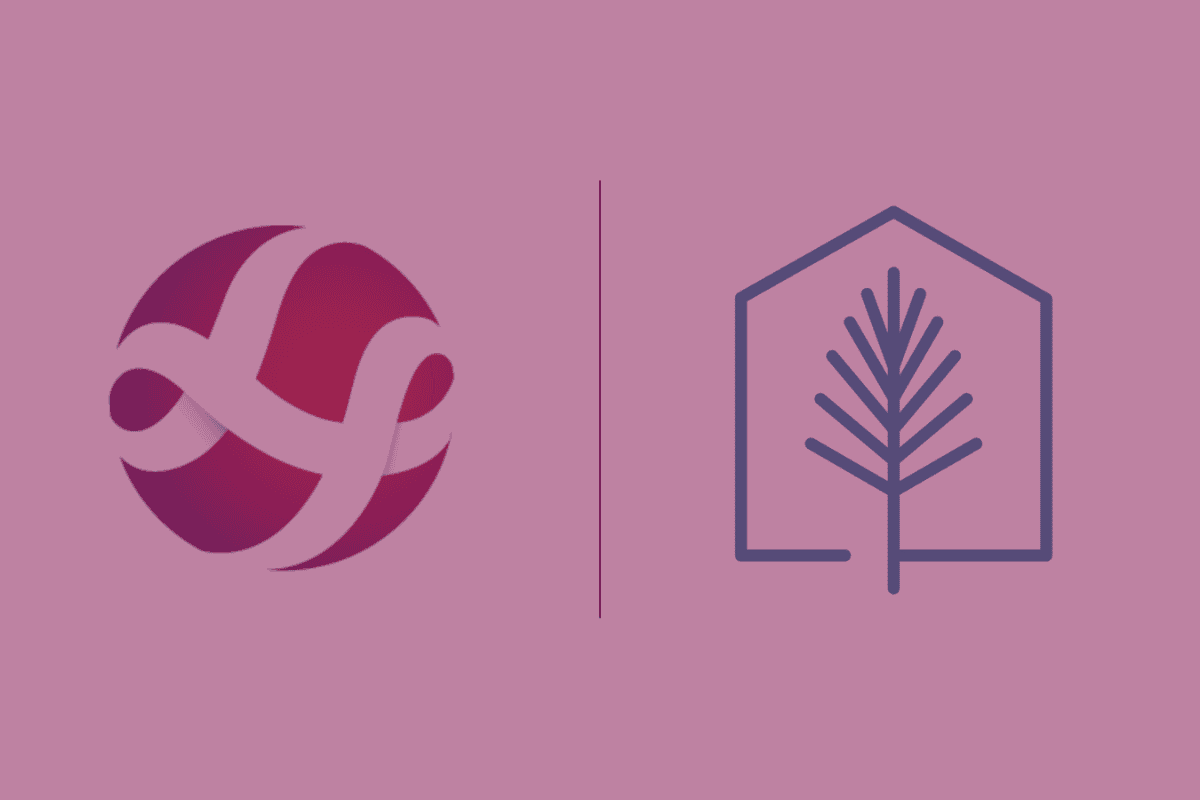The end of the year is usually when retirees have to take their required minimum distributions (RMDs). However, this year, seniors don’t have to take them. The Coronavirus Aid, Relief, and Economic Security (CARES) Act, signed into law in March 2020, allows anyone to forgo the usually mandatory annual withdrawals from their retirement savings.
The CARES Act waives the rules for RMDs for the 2020 tax year, but it’s still important to understand the ins and outs of RMDs. Here, we answer some frequently asked questions:
FAQ About RMDs
1. Why do RMDs exist? Is it just to prevent investors from deferring paying taxes on retirement assets indefinitely?
Traditional IRAs and other retirement accounts such as 401(k)s allow taxpayers to contribute pre-tax earnings that can grow tax-deferred until withdrawal. The required minimum distribution (RMD) ensures that these earnings are eventually taxed. The required distributions are calculated based on life expectancy so that the account is gradually depleted over the lifetime of the taxpayer.
2. How does the SECURE Act change the initial age threshold for RMDs? Is a good or bad thing for investors?
Previously, account holders were required to begin taking RMDs in the year they turned 70.5 (with a deadline of April 1 for the first RMD only). The SECURE (Setting Every Community Up For Retirement Enhancement) Act, which passed in December 2019, allows those account holders who have not yet begun distributions to delay their first RMD until the year they reach age 72. The delay will afford investors additional time for tax-deferred growth, as well as postpone the inevitable tax bill.
3. How do RMD deadline rules work for a 401(k) vs. an IRA?
The SECURE Act also delays RMDs to age 72 for 401(k)s and other defined contribution plans. There are some exceptions for people who continue to work beyond age 72.
4. Can you offer some strategies to avoid the penalty for not taking RMDs on time?
If you fail to take your RMD on time, the penalty is 50% of the RMD amount. Set a reminder for yourself to take your first RMD, as you would for any other significant obligation.
You can take your RMD at any time during the year, so you may choose to take your distribution early to avoid a last-minute scramble. Some people break the distribution into monthly payments, or take a lump sum early in the year as part of their tax preparation process. One of our clients, for instance, likes to take the distribution on their birthday to celebrate all of their disciplined years of saving.
5. Is there ever a scenario where a Roth account would be subject to RMDs?
RMDs are not required for Roth IRAs. Withdrawals from Roth IRAs are not taxable because the contributions were made from earnings that had already been taxed. The IRS has no incentive in requiring distributions.
The only scenario in which RMDs apply to a Roth IRA is if you inherited it from someone who wasn’t your spouse before 2020. Before the SECURE Act, non-spouse beneficiaries of traditional and Roth IRAs were required to take RMDs based on their lifetime. However, now that the SECURE Act is in effect, those beneficiaries must withdraw the full balance of the IRA within 10 years, whether it’s a traditional IRA or a Roth IRA.
6. Are there any other rules to know about taking RMDs?
If you have multiple IRAs, you must calculate each account individually, but you can take your total RMD amount from just one IRA or a combination of IRAs.
If you inherit an IRA or a 401(k), you can no longer stretch the RMDs from those accounts over your lifetime. Beginning in 2020, non-spouse beneficiaries of inherited IRAs will be required to distribute the full balance of the account within 10 years. This applies to Roth IRAs as well.
A strategy for reducing the tax impact of an RMD is to use a portion of the distribution to make a qualified charitable distribution (QCD). The amount of the QCD is excluded from your taxable income up to the amount of the RMD and not in excess of $100,000.
Have Any Other Questions About RMDs? Reach Out to Our Team
At The Humphreys Group, we’re passionate about helping investors gain financial confidence and own their financial power. And that starts with knowledge. If you have any other questions about RMDs and the rules for this year due to the CARES Act, reach out to our team today.
























